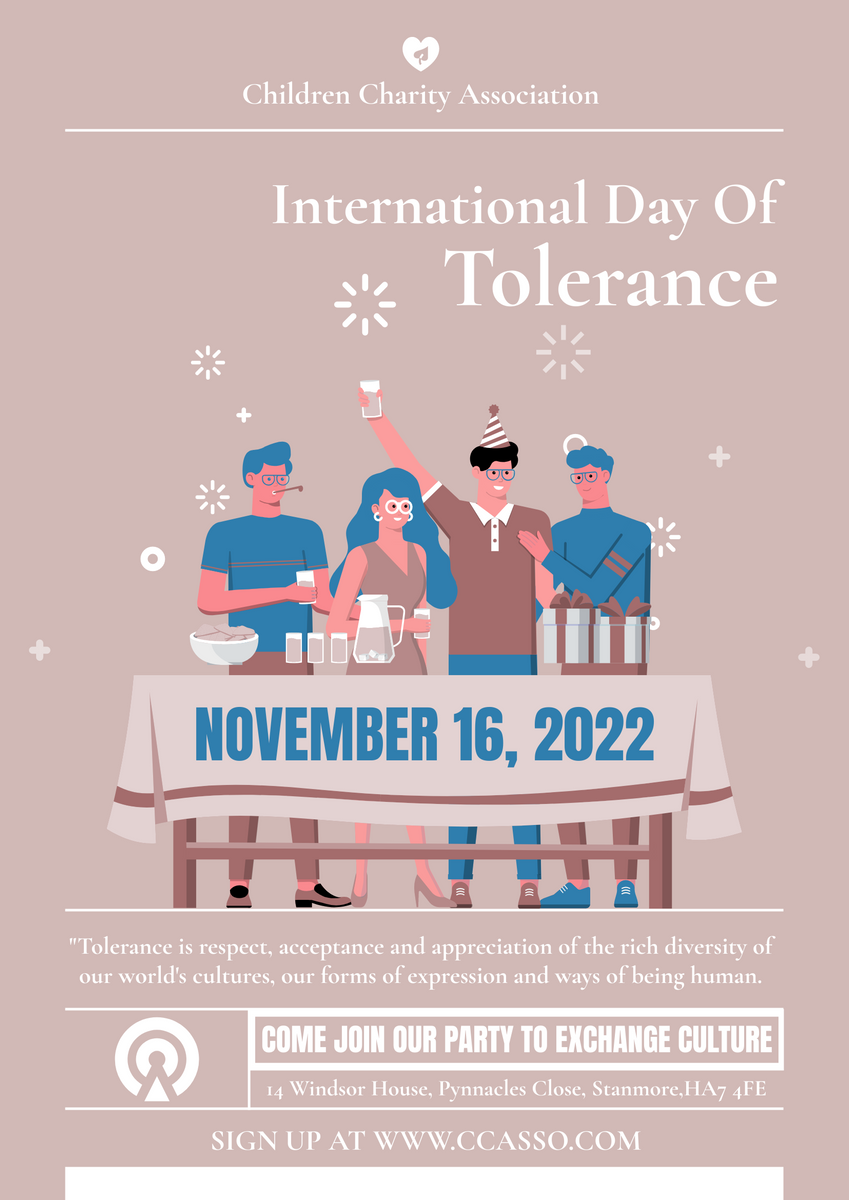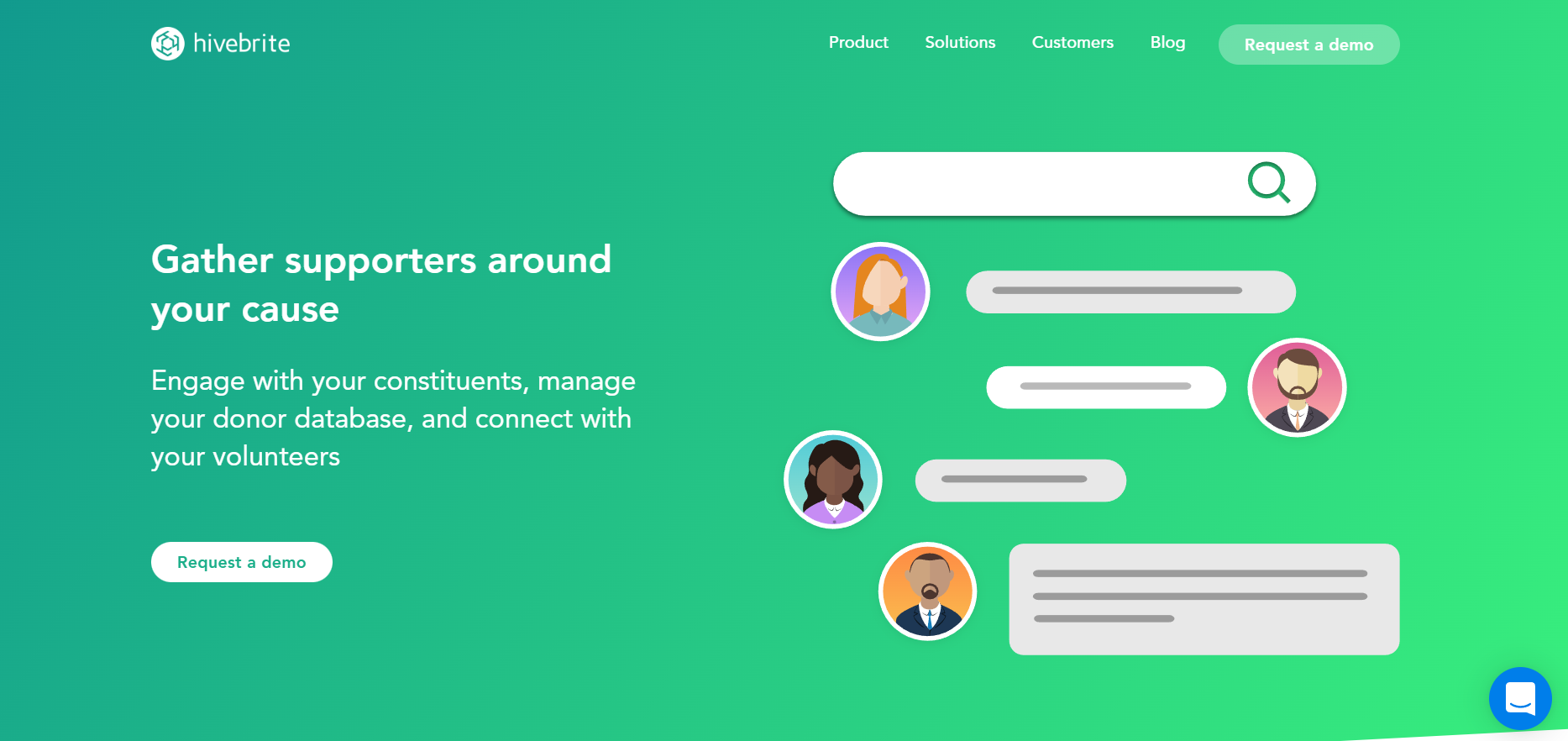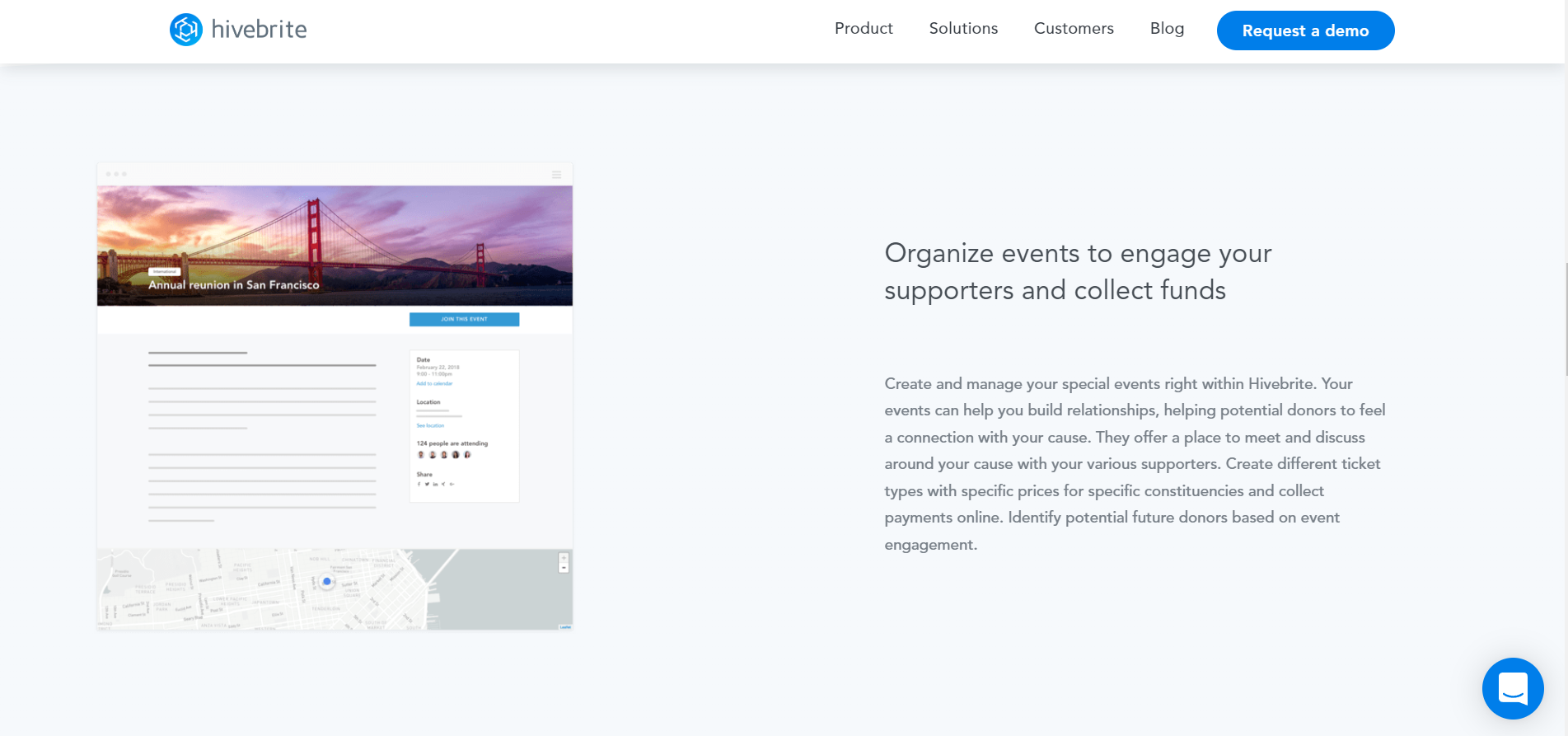Step 1: Define the objectives of the event
Every good event starts with the creation of a non profit website, of course, but also with the definition of your objectives.
That's right!
Having a clear idea of where you want to go and what the objectives of your event and your teams are, will make your task much easier.
To correctly specify your objectives and to have an effective basis, you can use this grid:
What is the primary objective of your event?
This is the thing you have to keep in mind from the beginning to the end of the process.
Your primary objective may be:
-
Presenting a major project,
-
Finding new members,
-
Raising funds for your non profit,
-
Celebrating a major milestone in the development of your non-profit
-
...
There is no shortage of objectives!
Be sure to prioritize your objectives, and to keep only one main objective. This will allow you to decide between two options and make quick, informed decisions.
For example, if your goal is to recruit new members and present your new project, try to develop the means implemented to facilitate the registration of new members: staff to help with registration, registration sheets,...
💡 Also remember to give yourself precise goals! This type of objective is challenging, and allows you to situate yourself directly and effectively.
Constraints to consider
Planning a non profit event involves anticipating constraints.
If you anticipate constraints, you will be prepared and able to face them with solutions at your disposal.
You can think about the following constraints:
The first constraint that must be accounted for is necessarily the budget. It involves many concessions, and must be well planned to create the perfect event in the best conditions

The planning of a nonprofit event requires a lot of time and energy. Between the administrative procedures, the rental of equipment and rooms and the availability of the people interested, the creation of an event is a real headache in terms of organization.
Therefore, think about considering all the time constraints and deadlines that you have to meet in order to progress in your preparation as serenely as possible.
Are you planning an outdoor event in NYC in the middle of April?
Think about the fact that the weather may not be on your side.
This should be taken into account when budgeting. You will probably need tarps, umbrellas, or even facilities to shelter the public.
If a project presentation can be done with a limited staff, on the contrary, a sporting event requires a lot of coordination.
So you also have to manage the availability of your team to guarantee the smooth running of your event and the safety of the participants.
Step 2: Define your team and your schedule
You know where you are going...
... But with whom?
Your team and its organization are the central point of your event.
If you are:
-
united around the project,
-
everyone knows what to do,
-
everyone is motivated,
You have all the chances on your side to make your event a success.
Make sure to assemble a team with multiple skills and different points of view (in order to create an effective group) and try to maintain it over time.
Then, you need to organize yourself and delegate tasks to your team members
to move forward quickly.
To do this, you can use project management tools such as Trello or Monday that allow you to:
-
Create lists,
-
Assign tasks,
-
Set time limits,
-
Form teams...

These automated and intuitive tools will allow you to monitor the progress of your preparation, avoid misunderstandings and move forward together.
Step 3: Legal and administrative procedures
Welcome to the administrative part of the organization of your event.
Don't run away just yet, because these steps are essential.
Indeed, the criminal liability of an organization is incurred for events.
In addition, an event may require administrative authorization. This may be the case if:
💡 If the event is going to attract a large number of people, you have to set up a surveillance system to ensure security.
Depending on the location of the event, arrangements must be made in advance.
For example, in NYC, the conditions are very different from a small town in Wyoming.
Step 4: Communicate about the event
Communicating an event is what brings success to the event. 💪
In fact, good communication will make the event visible to those interested in it.
For an effective and impactful communication, you need to think about:
A picture is worth a thousand words.
And the visual elements of your communication are the keystone of its success.
From the images on your social media, to the flyers of the event, to your goodies or the signature of your emails, all your communication must be consistent.
Starting from the colors of your brand, create attractive images that give information about your event.
And, of course, don't panic if you are not a professional graphic designer, or don't have much time to devote to it
Intuitive and free tools such as Canva will allow you to create a design for your nonprofit event in a few moments.
Canva allows you to dsign visuals for any event... Very quickly!

Image source: Online.visual-paradigm.com
After seeing your visuals (which we know are great 😬), interested and curious people will go into detail to answer that question: "What's it all about?"
And by then, you'll already have everything ready to present the event to them in the best way.
You should, of course, describe the event and its purpose. However, be careful not to go into too much detail. Then you will answer the questions of those who want to know more.
Also, don't forget to state:
👉 The name of your event,
👉 The registration requirements,
👉 The ticket prices
👉 The venue...
If you just want to promote your event, it also allows you to reveal all your information and avoid having too many questions that waste your time.
Your communication is perfect.
But how do you...
How do you send it? And to whom?
Loyal members
Start with your major donors and your oldest members by notifying them in advance by email.
 This allows you to maintain the relationship with them, while checking their availability. If it is important that these people attend the event because they are important to the organization, you should notify them as soon as possible.
This allows you to maintain the relationship with them, while checking their availability. If it is important that these people attend the event because they are important to the organization, you should notify them as soon as possible.
That way, they can let you know they'll be there, and you can adjust the time and date of the event to gather as many people as possible.
💡 You can also give them a phone call, if you have the time and means! You'll strengthen the special bond between them and your organization.
Use social networks to warn your audience
Next, communicate on your social networks.
At this stage, bring out the heavy artillery:
-
visuals for each social media,
-
illustrate your pages with images of the event,
-
a countdown to the day of the event...
Make sure that the algorithms of social media do not block your posts, and that a majority of people know about the event you are organizing.
Make it clear that you are available to answer questions on social media, as well as to guide, advise and convince the people who come across your post as they scroll through the news feed
A blog post for a different kind of communication
In order to communicate differently about your nonprofit event, you can also write a dedicated article.
You can, for example, write an article on:
-
Why you are planning this event and what it represents for your organization
-
The preparation of your event with a regularly updated post,
-
A presentation of the activity, or activities, proposed during the event...
There are many ways to promote this step in your organization's growth. By writing a dedicated article, you give details about your event and bring it to life from the start.
Encourage word-of-mouth for new members
Good old-fashioned word-of-mouth will always work to attract new people to your event.
However, word of mouth often needs to be encouraged to be truly effective.
To do this, you can:
-
Ask older members to invite someone,
-
Encourage sharing on social networks by encouraging users to mention their friends.
-
Work on visual elements so that they can be easily shared, it'll work best in square format, for example.
Step 5: Registering participants to your event
The challenge of preparing an event is to know how many people will attend.
To do this, it is necessary to be able to estimate the number of participants with a ticketing system and a registration form. This way you can begin to collect funds from ticket sales, and carry out the organization of the event.
While it may seem like a lot of work to contact a bank, add a registration button and a Paypal payment button to your website, and collect the funds, there are solutions to make it easier.

For example, online services for non profit organizations like Hivebrite.com.

All you have to do is register your organization free of charge to save time and make the process much easier for the participants.
Step 6: Check the final details
We are just a few days away from the event.
However, when organizing a nonprofit event, there are always things to do!
Make sure all preparations are still in place, and take stock of what has been done, what is in progress and what tasks remain to be done.
For example, you may need to think about:
-
Treats that will be handed out during the event,
-
Shopping for your team and participants,
-
Last minute messages for participants,
-
Electrical connections and computer equipment for your presentation...
Don't let up when the event arrives, and make sure you don't forget any aspect and keep pursuing your goals.
Are you ready?
Your event can happen! 🚀
Step 7: What's next?
Once your event is over, you still have one final step: your debrief.
This step is not meant to prepare the event - that just ended, it will be useful for future events.
By doing a debrief, you will be able to see at a glance the good initiatives, the ones you should have taken, and the ones that wasted your time.
To manage the post-event period, you can:
After the event, you can write an article about the event, including photos and testimonials from members.
Don't forget to send a welcome email to those who have joined you, and a thank you card to those who have stayed with your organization.
 Image source: Getonlinenola.com
Image source: Getonlinenola.com
Using a Google Form survey, for example, you can easily collect participants' impressions.
All these elements will give you an accurate picture of how everyone actually feels about the event, both team and members, so you can make the next one even better.
Organizing an event for a nonprofit is in-depth work, which requires time and energy, but will benefit your organization if it is well prepared.
With this 7-step method, you can be sure that you won't forget anything…
... And above all, don't forget to invite us to your future events!
To go further
Take a look at our article dedicated to designing an organization website with SiteW.



 This allows you to maintain the relationship with them, while checking their availability. If it is important that these people attend the event because they are important to the organization, you should notify them as soon as possible.
This allows you to maintain the relationship with them, while checking their availability. If it is important that these people attend the event because they are important to the organization, you should notify them as soon as possible.


